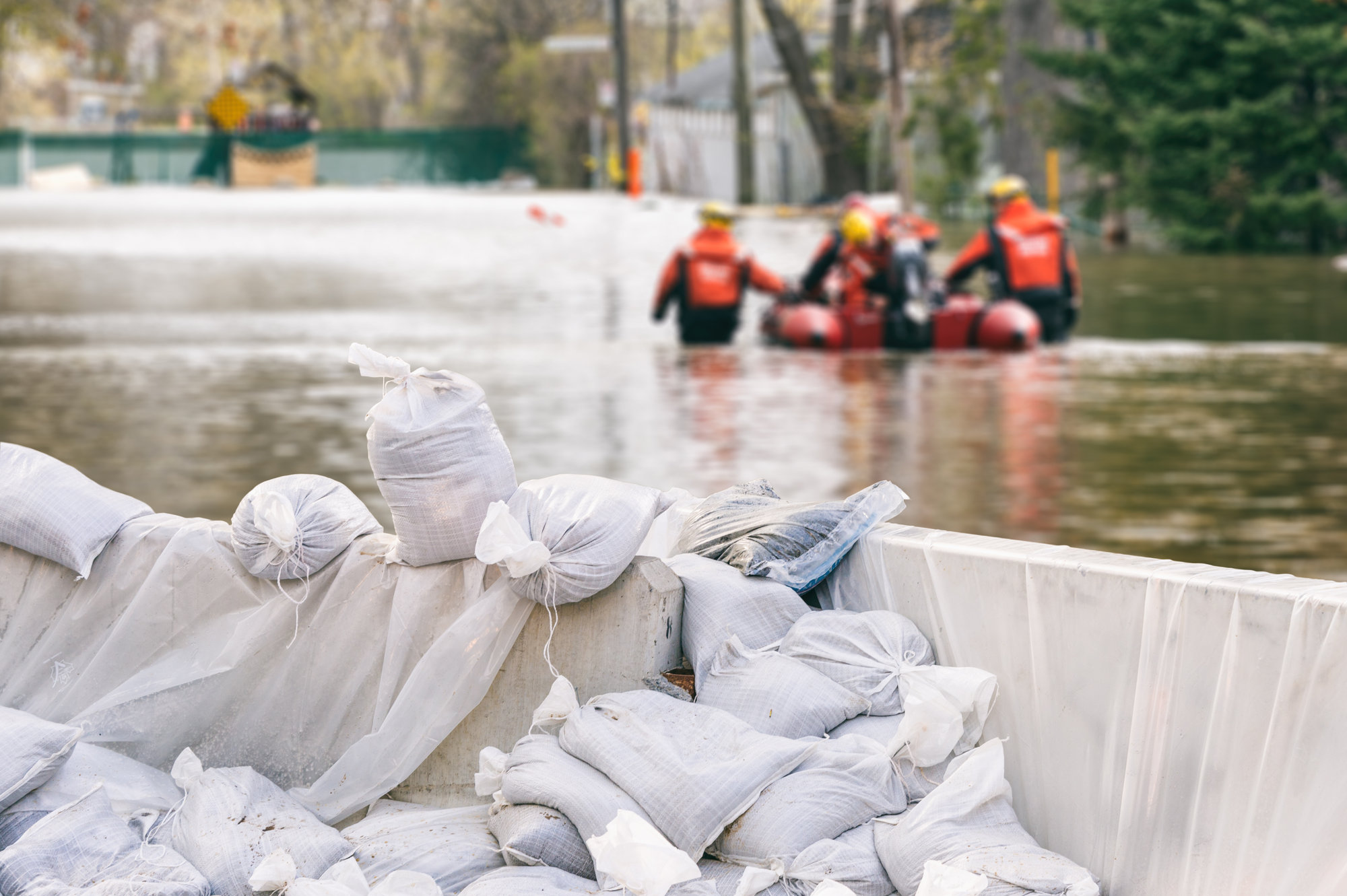The four phases of disaster relief

To a strategic donor, successful disaster relief support is rooted in thoughtful, educated decision making, despite the compelling pull to give in the immediate aftermath. For a more lasting effect, a better approach may be to focus on long-term assistance, such as emergency risk prevention and disaster preparedness.
Nevertheless, many people give aid in disaster situations, unsure of where or even when they can make the greatest difference. As with any charitable objective, planning begins with some advance thinking about when and where to give and how to have the most impact.
When to give
Particularly with disaster relief, it's important to remember that the opportunity to make a difference does not end when media coverage dies down. Rather, there are four phases of relief work: From the first, which begins as soon as disaster strikes, through the fourth, continuing the efforts of future prevention and risk reduction.
Each phase is characterized by specific goals and requires varying amounts of support in terms of both dollars and time. Phase 1 begins immediately, focusing on restoring order to the area. Phase 2 quickly follows as residents work toward stabilization and a return to daily activities. Phases 3 and 4 are marked by community-led rebuilding and ongoing preparedness education in order to mitigate future catastrophe by building better and creating an informed population.
Where to give
Perhaps the most challenging question facing donors looking to contribute to any cause is that of which organization to support. This is especially important in disaster relief, and is often a decision made with little research due to the immediacy of the need and the overwhelming number of charities that spring up in the days following the event.
Even without investing a lot of time, donors can still make educated choices. It's important that a charity have demonstrated expertise and a track record of success in the affected region. Donors can look through the organization's web site, consult third party philanthropic media, or contact the organization's staff for information about its work in the affected area.
Inherent to the question of where to give is the consideration of the organization's focus and whether it is local, national, or international. One approach is to think about the phase in which the donor is giving.
Phase 1 support may be better implemented by national or international organizations able to assemble resources from unaffected areas and those that have the knowledge and capacity to act immediately and with impact. More often than not, local relief groups are immobilized along with the rest of the population, making national or international charities more effective beneficiaries of donations in the early days after a disaster.
Donors may wish to reevaluate their giving once local organizations are up and running, which typically begins in Phase 2. These indigenous groups have valuable relationships and a unique understanding of the affected area in which they operate, enabling them to offer applicable and efficient solutions. Their operation is also a source of job creation for the region as many are staffed by residents of the community.
Other donors wishing to avoid this level of additional research may prefer to continue directing their support to the national or international organizations with which they are already comfortable. For organizations that provide programs directly, look for a track record of success in the affected area and staffing by locals. For indirect program providers that function as intermediary charities, donors should understand the funding relationship between the organizations. It's not unusual for the intermediate charity to retain a percentage of each gift. While this may be acceptable, it's worth investigating as the percentages can vary widely.
How to have more impact
Taking the time to become educated and make informed decisions about when and where to lend support is the first step in making a powerful impact in the area of disaster relief.
Another important consideration is the ultimate end use of charitable gifts. When supporting Phase 1 relief through large organizations operating in many regions, donors should specify their intent in order to ensure that monies are directed to work related to a particular disaster.
As relief work continues and becomes less focused on triage, the need for flexible funds arises, ideally in the form of unrestricted gifts. This trend generally continues throughout the months and years following the disaster. In Phases 2 and 3, unrestricted gifts may be more helpful to the organization's ability to provide ongoing support to the affected region.
Even if a donor refocuses their support to local organizations, it may be appropriate to make unrestricted gifts. These groups typically have a narrower focus to their missions and these flexible funds allow strong management teams to put the money where it's most needed.
Flexibility is also desirable when contributing to national and international organizations. Donors should consider designating their gifts for work in a specific region rather than for a particular disaster. For instance, a gift earmarked for the Gulf Coast instead of for Hurricane Katrina aid allows charities to use the money toward activities like community rebuilding, disaster preparedness training, or in case another disaster strikes the area.
Studies show that many disasters are recurring — the Gulf Coast will be hit time and again by hurricanes, California will be plagued by earthquakes and wildfires, and Southern Asia will experience monsoonal rain. While donors cannot prevent these disasters from occurring, by thinking strategically about the timing, recipients, and designations of contributions, donors can make a lasting impact on the lives of those affected.
How Fidelity Charitable can help
Since 1991, we have been a leader in charitable planning and giving solutions, helping donors like you support their favorite charities in smart ways.
Or call us at 800-262-6039
